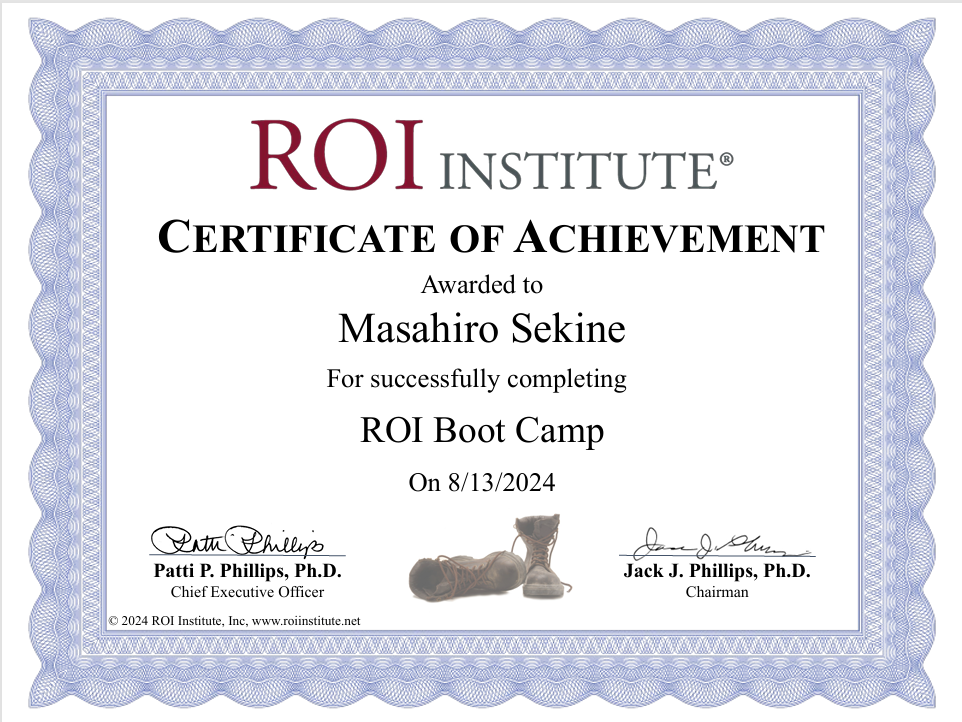
ラーンウェル代表の関根です。
2024年8月12日(月)&14日(水)「ROI Boot Camp」オンデマンド教材で学んだことを、記録に残しておきます。
===
8月12日(月)9時~
Welcome to the ROI Boot Camp
Introduction
Self Evaluation: Is your Organization a Candidate for ROI Implementation?
・15問のアンケートで、数字を取り、顧客候補かを見る
○営業的に、優れてるね~。俺の結果は、53点
46 – 60 You are a candidate for building skills to implement the ROI process. At this point there is no real pressure to show the ROI, which is the perfect opportunity to perfect the process within the organization.
―――
Module 1: ROI Methodology Overview
Lesson 1.1 ROI Origin, Development, and Progress
・1973年 Jack Phillips
・1956年 スマイルシートに関する記事
1959~60年 (D.Kirkpatrickの)4つの記事
・1983年 Jackが最初の本を出版
・1994年 ROI測定の本を出版
・1996年 妻となるPatriciaとの書籍出版
Lesson 1.1 Quiz
・True/False 質問で理解度を確認 2問
―――
Lesson 1.2 What is ROI?
・BCR:Benefits Cost Ratio=Program Benefits/Program Costs
・BCR=0 Breakeven
・ROI:Return on Invetstment=Net Program Benefits/Program Costs × 100
・民間企業は、ROI25%以上を目指す
・公的機関は、ROI 0%でOK
Lesson 1.2 Quiz
・合格!
―――
Lesson 1.3 The Five Components of the ROI Methodology
・1950年代に、Dr. Raymond Katzell, an industrial-organizational psychologistが、「評価の4ステップ概念」を提示。
・D.Kirkpatrickが、彼の博士論文で、Katzellを引用。
・D.Kirkpatrckが4つの記事を書いた1960年以降の10年間、研修評価に関する新しい発信はなかった。
・J.Phillipsが、1970年に、Donと電話で話をした。
・1983年に、J.が最初の書籍を出版。
・5要素
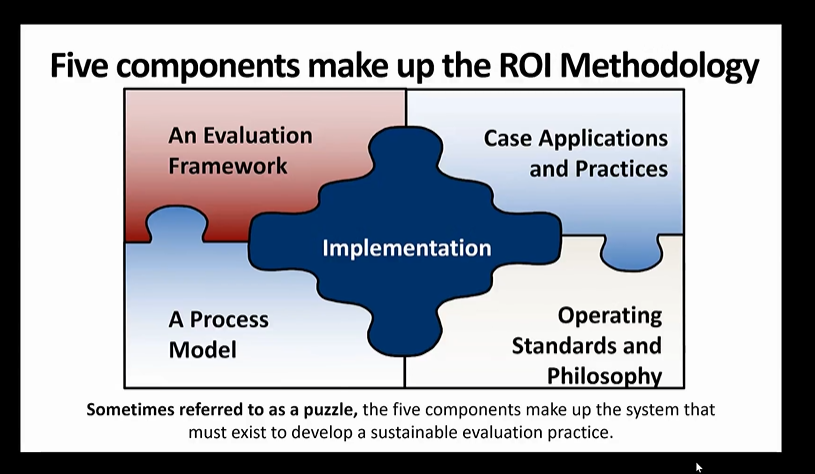
Lesson 1.3 Quiz
・1問不正解
―――
Lesson 1.4 The Evaluation Framework
・0.Inputs
1.Reaction and Planned Action
2.Learning
3.Application and Implementation
4.Impact
5.ROI
・ROIの測定指標:BCR、ROI%、Payback period
・各レベルでの実施目標
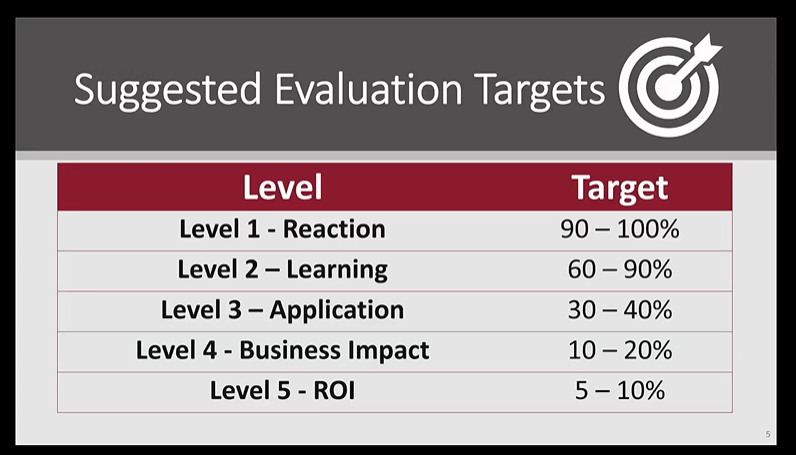
―――
Lesson 1.5 The Process Model
・ROI手法プロセスモデル
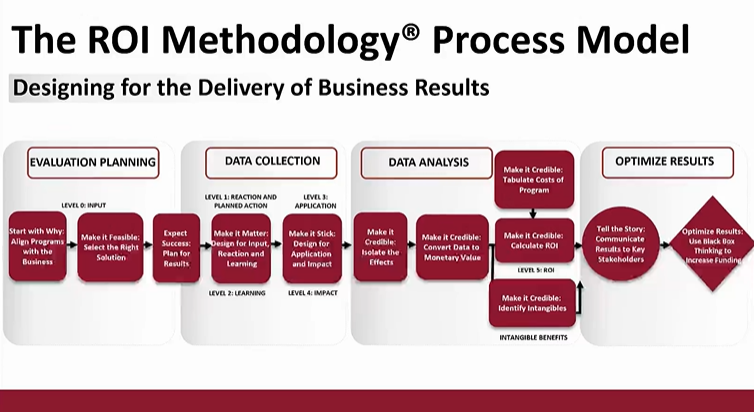
・L5 このブログラムはやる価値があるのか?
・L5 問題は解決する価値があるか?機会は追う価値があるか?
○この質問、いいな~。解決する価値がないなら放っておくってことかな。
・L4 何が特定の事業ニーズ指標か?
・L3 職場で何が変わらなくてはいけないか?
・L2 変化をもたらす為、人びとは何を学ばなければならないか?
・L1 何が最適な解決策なのか?
・「成功」を定義する
・データ分析の8つの方法がある
・Meaningful意味あるよう結果を示す
Lesson 1.5 Quiz
・プロセスは、12のステップに分かれている(不正解だった)
―――
Lesson 1.6 The Operating Standards and Philosophy
・12の原則
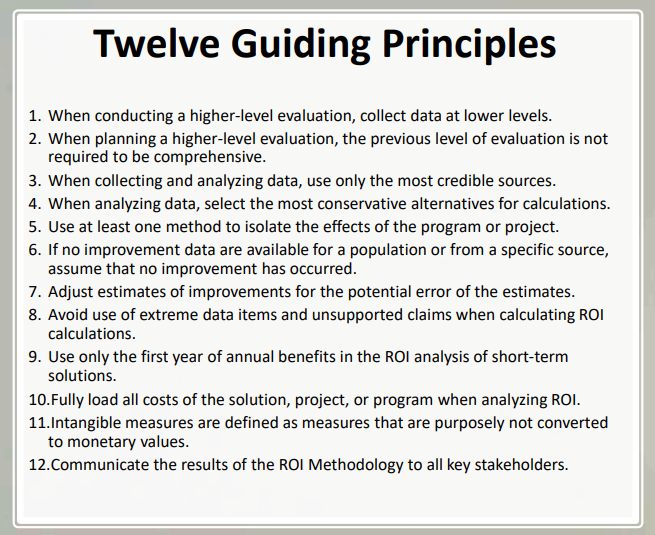
・下のレベルのデータは必要だが、凝る必要はない。
・Intangible benefitsも取り上げる。
Lesson 1.6 Quiz
・2問正解!どの原則なのかを答えさせる。原則の復習になる。
―――
Lesson 1.7 Case Application and Practice
・3分ぐらいで短い
Lesson 1.7 Quiz
・1問不正解 Negative ROIだからといって、予算が切られることにはならない。
―――
Lesson 1.8 Implementation
・5つの活用ステップ
・活用のためのプロジェクト計画を立てる
Lesson 1.8 Quiz
・正解!
・Module1終了!
~10時30分
===
10時40分~
Module 2: Evaluation Planning
Module 2 Introduction
Lesson 2.1 Start with Why: Align Programs with the Business
・評価計画のステップ1
・Payoffのチャンス
利益増加または費用減少
・それは問題なのか?機会なのか?
・Whyから始める
・Hard Dataの例:Output,Time,Costs,Quality
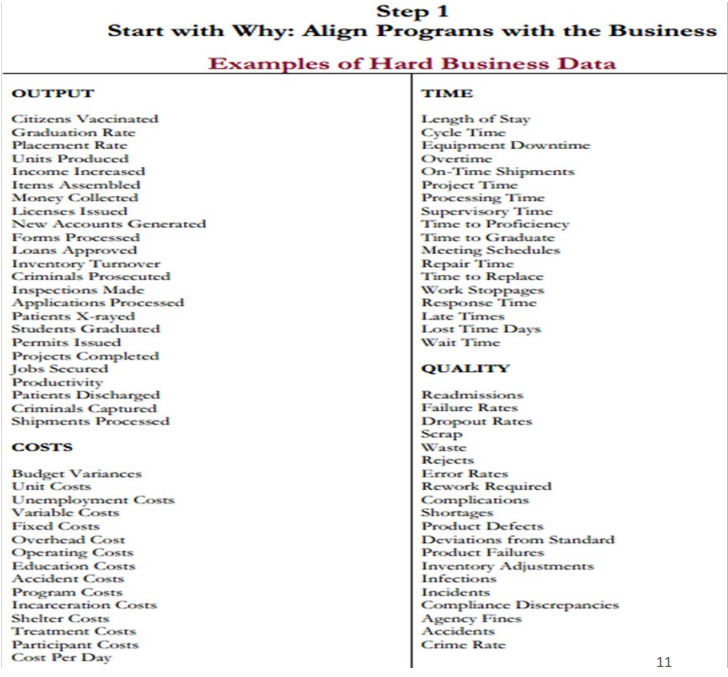
・Soft Dataの例:Employee development,Client service,work climate,leadership, innovation
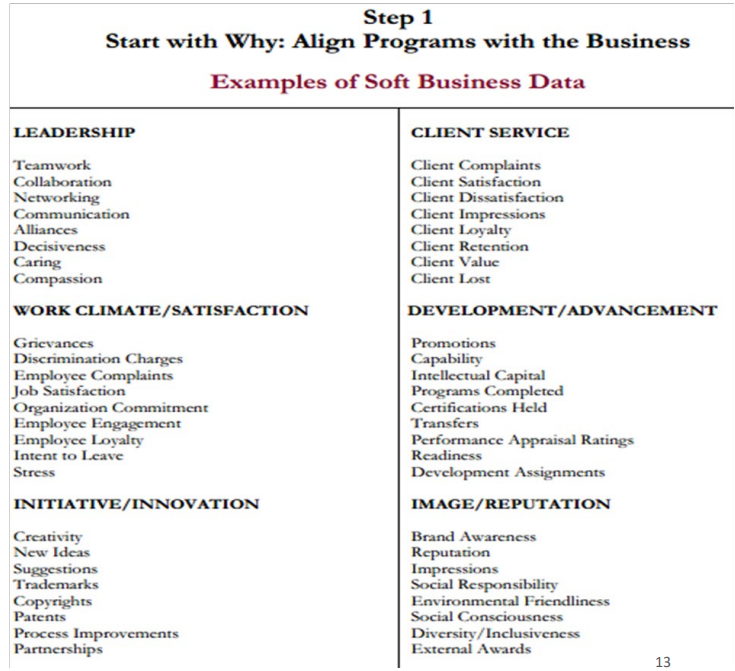
Lesson 2.1 Quiz
・1問不正解 Satisfactionもビジネス指標
―――
Lesson 2.2 Make it Feasible: Select the Right Solution
・何が変化を可能にするか?
・最適な解決策は何か?
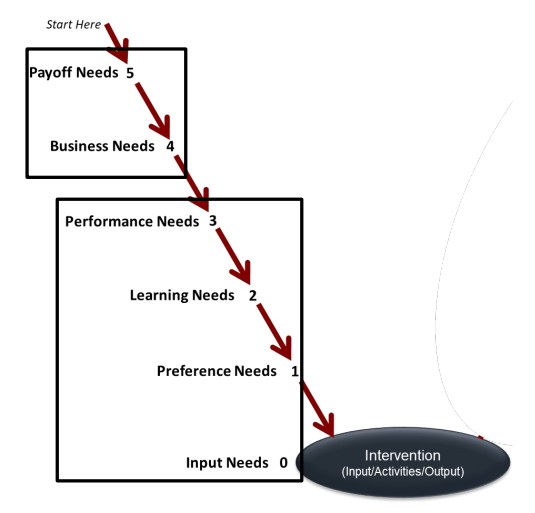
Lesson 2.2 Quiz
・2問正解! 当たるとやっぱり嬉しいね。
―――
Lesson 2.3 Expect Success: Plan for Results
・Define success 成功を定義する
・Designing for results at each level
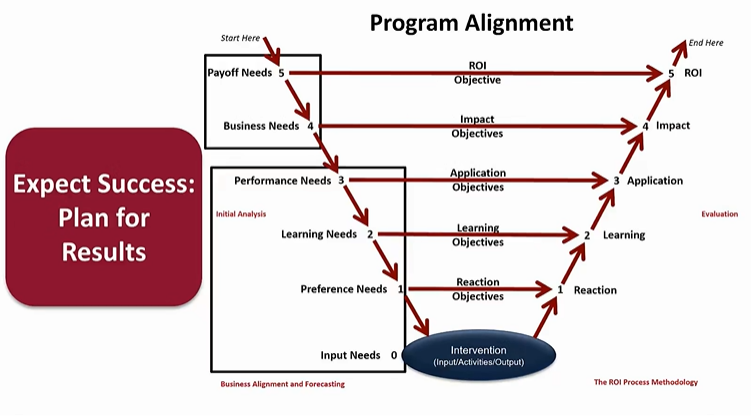
・成果を計画する
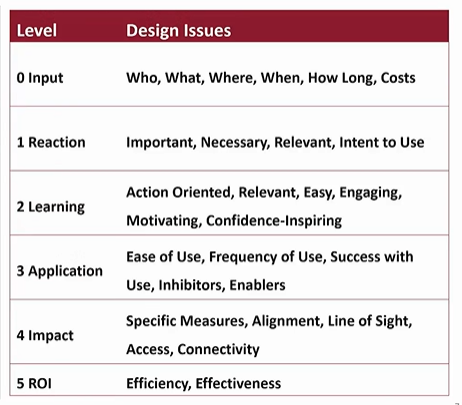
Lesson 2.3 Quiz
・1問正解!
~11時10分
===
13時30分~
Module 3 Collecting Evaluation Data
Module 3 Introduction
Lesson 3.1 Make it Matter: Design for Input, Reaction, and Learning
・Put yourself in their shoes 相手の立場に立つ
・L1、L2でのデータ収集はしやすい。
○反応と学習を、Matter重要と感じさせるってこと?
Lesson 3.1 Quiz
・1問正解!
―――
Lesson 3.2 Make it Stick: Design for Application and Impact
・L3,L4のデータは、研修室を出た後に取ることになる。そこに難しさがある。
○活用と成果は、学習内容が、Stickくっつかないと起きないってことかな。
・データ源
受講者、上司、同僚、顧客、取引先、組織記録等
・データを取るコストとデータを取ることで得られることのバランス
Lesson 3.2 Quiz
・1問正解!
~14時30分
===
Module 4 Analyzing Impact Data
Module 4 Introduction
―――
Lesson 4.1 Make it Credible: Isolate the Effects of the Program
・Isolateがカギ。
・Isolation methodの使用度
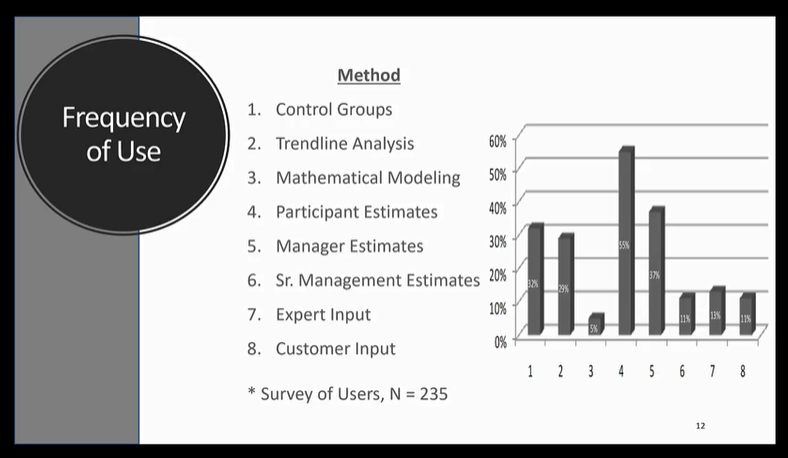
・Experimental group and Control group
・Trendline analysis
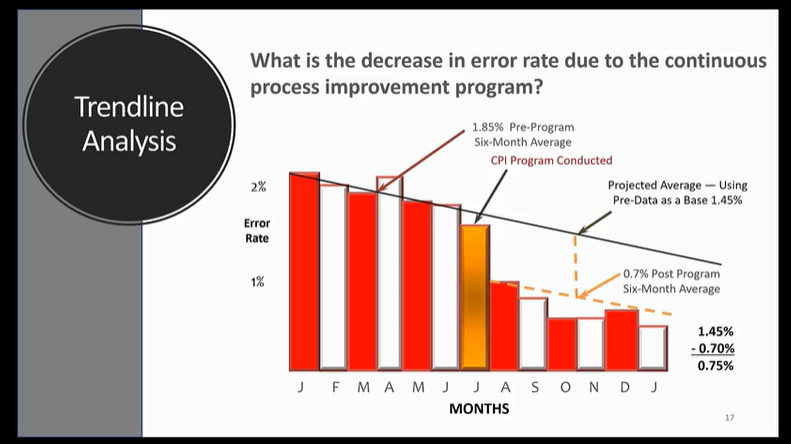
○これ分かりやすいな~。
・Estimateは、統制群やトレンドライン分析が使えない時に使う
・Estimations & The Wisdom of the Crowd
・あてずっぽうも、意外と当たるもの
Lesson 4.1 Quiz
・2問正解!
―――
Lesson 4.2 Make it Credible: Converting Data to Monetary Value
・Linking with other measures
・従業員の行動が、顧客の維持につながり、売上増となる。
・5 steps to the money
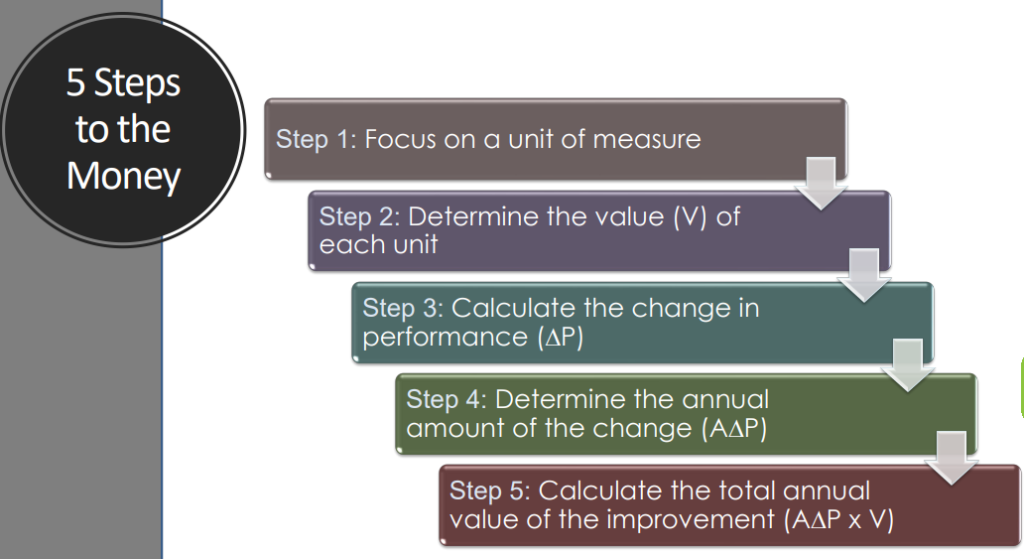
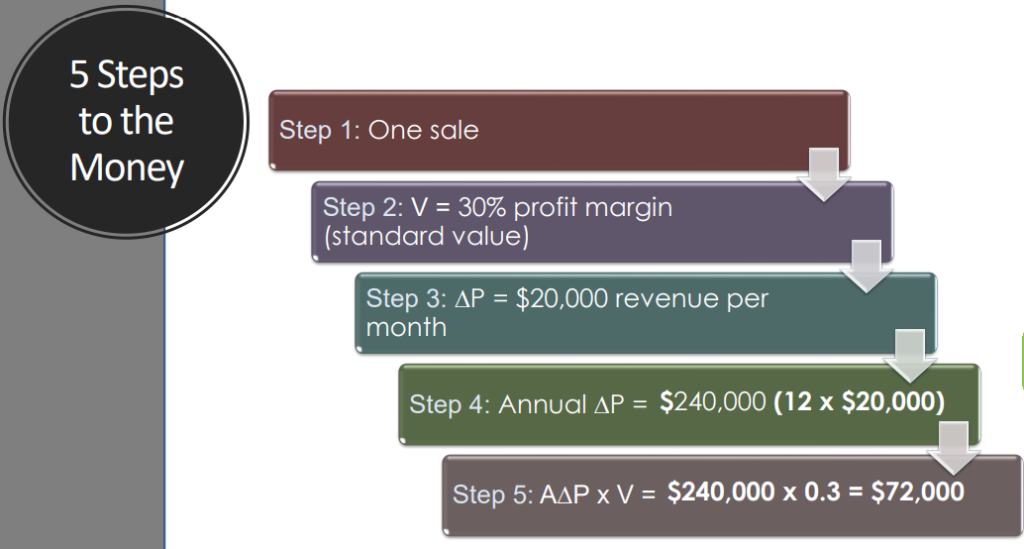
Lesson 4.2 Quiz
・2問正解!
―――
Lesson 4.3 Make it Credible: Identify Intangible Measures
・測定することに価値がある。
・金銭価値にできず、効果の孤立化もできない。
・Intangiblesの例
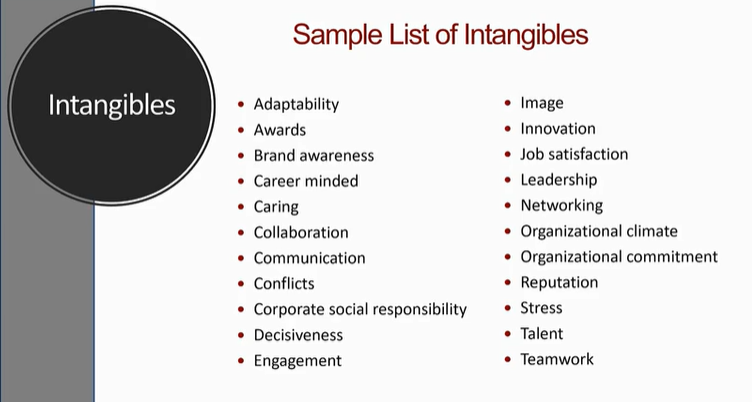
・Intangibleのまま残しておき、金銭的価値に変換しないという決断もある
・5ポイント回答で、4.0以上なら、レポートにいれるべき。
Lesson 4.3 Quiz
・2問正解!
―――
8月14日(水)5時30分~
Lesson 4.4 Make it Credible: Capture Costs of the Program
・ニーズ分析から研修転移促進まで、全てのコストを含む
・ベネフィットを示さずに、コストを示さない。
・コストの領域
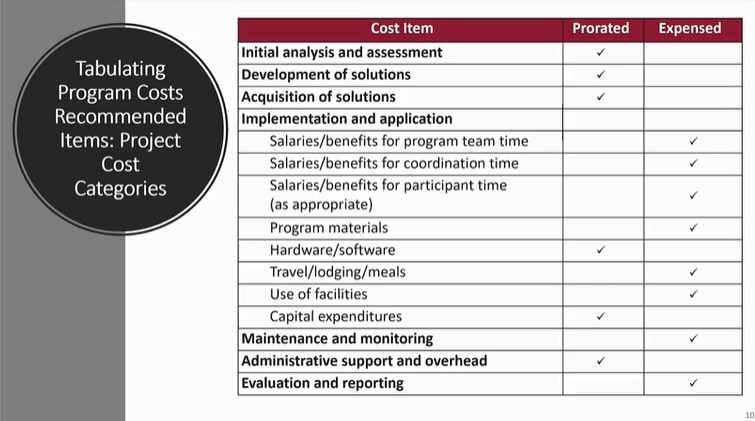
Lesson 4.4 Quiz
・1問不正解。3年間に比例配分しない。
―――
Lesson 4.5 Make it Credible: Calculate Return on Investment
・金銭的ペイオフを見る手法
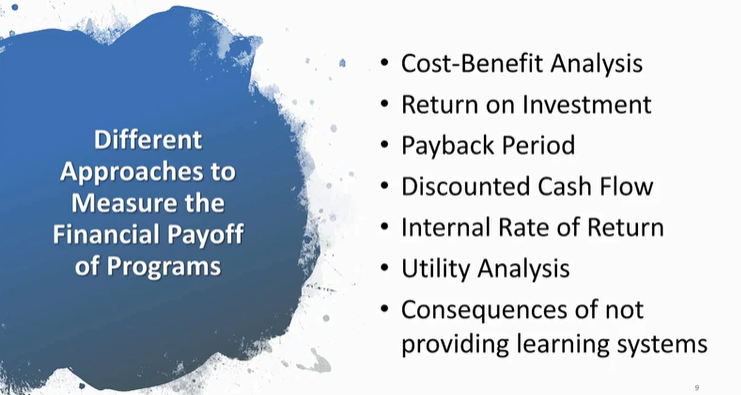
・すべてのプログラムのROIを取る必要はない。5~10%ぐらいのプログラム。
・ベネフィットとコストの計算は保守的に。
・全員が、ROIを認めてくれるわけではない。
・議論の場を選ぶ。
・ROEは、Return on Expectationではない。
・金融用語は、経営陣が使っているものを使う。
Lesson 4.5 Quiz
・2問正解!
===
Module 5 Optimize Program Results
Module 5 Introduction
―――
Lesson 5.1 Tell the Story: Communicate Results to Key Stakeholders
・Storytellingは、Senior exectivesに対してもパワフル。
・聞き手が違うと、欲しがる情報も変わる。
・聞き手を選ぶための質問
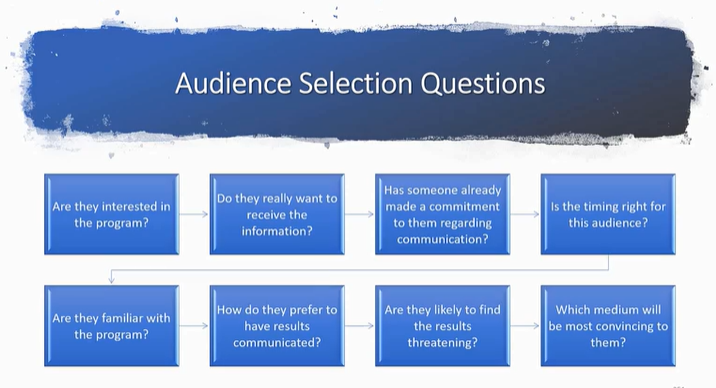
・50~100pgのレポート
・ROIを示すのは、ミーティングの後半。いきなり示さない。
・初めてのROI測定後は、レポートとミーティングに時間をかけるが、それ以降は、1ページ要約で良い。
・Case studiesを、社内外で出版する。
Lesson 5.1 Quiz
・2問正解!
―――
Lesson 5.2 Optimize Results: Use Black Box Thinking to Increase Funding
・予算配分を増やす
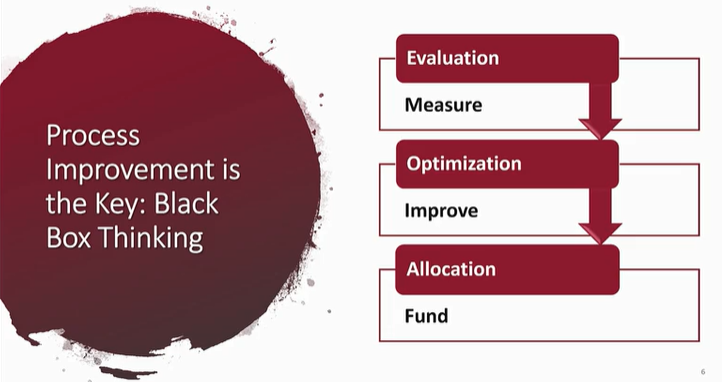
・半分のプログラムが無駄になっていた(使われていなかった)
○転移してない=無駄
・経営陣が、コストと見るか、インベストメントと見るか
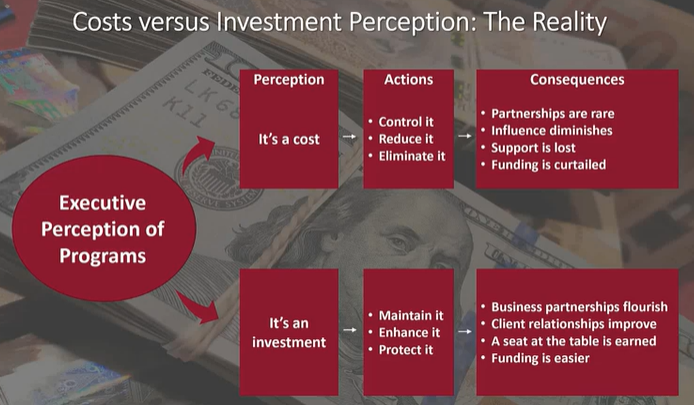
Lesson 5.2 Quiz
・2問正解!
~6時30分
―――
10時30分~
Lesson 5.3 A Case Study Example to Pull it Together
・これまでのまとめ
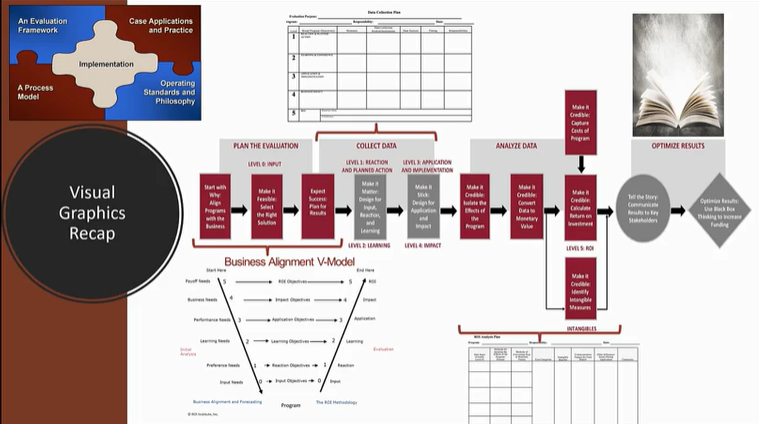
・ケーススタディー:RMC社
・営業研修のROIを示す
・L3の測定:サーベイ 使ったか?100% すべての顧客に使ったか?52%
・Control groupを活用。研修を受ける3つのお店と似たお店を選択。
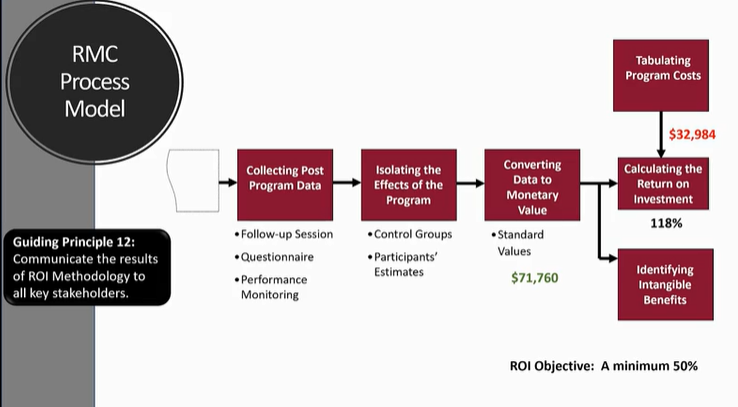
Lesson 5.3 Quiz
・2問正解!
===
End of Course Quiz
・16問に回答 Google formsを使用
・150/160点
・1問不正解
In the early stages of implementation, the ROI Methodology is a process improvement tool and not a performance evaluation tool.
正解
True
フィードバック
The ROI Methodology is intended to evaluate programs, not people.
↑Earlyにひっかかった。
・アンケート NPS含むに回答
・ROI資格とる?という設問
・金銭価値への転換が一番興味ある
~8月14日 11時終了!
●副読本『The Bottomline on ROI Third Ed.』 Patricia P.Phillips(2017)
○約1日半かけて受講終了。50レッスンの50が終わった!
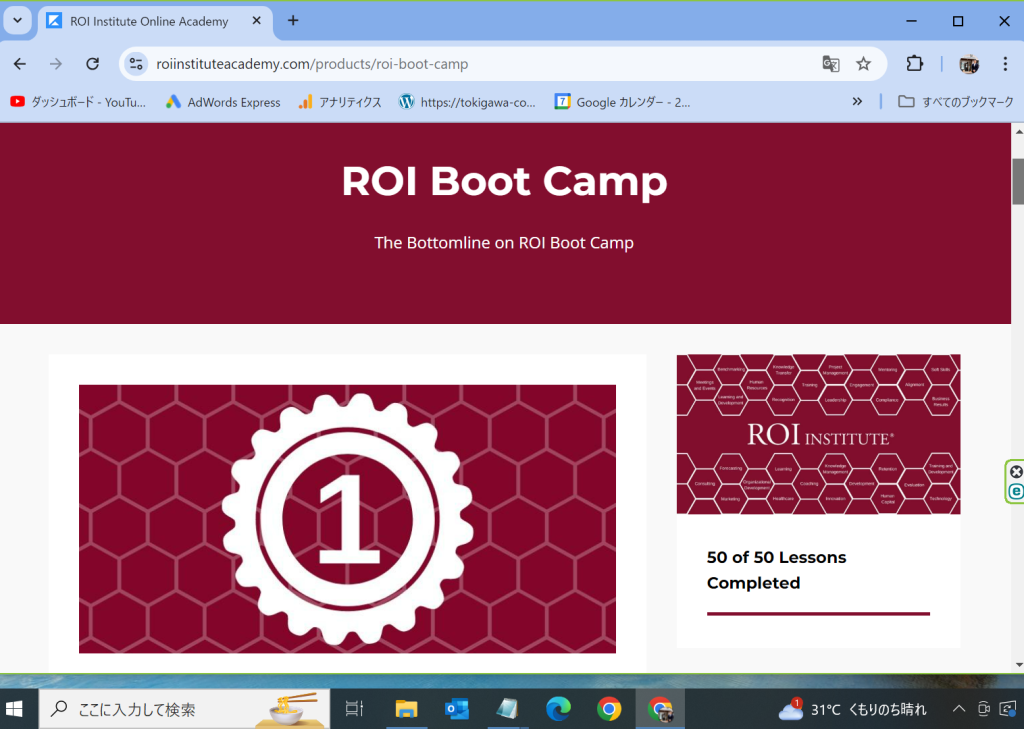
○最後のクイズに答えたら、賞状が、メールで送られてきた。やっぱりこういうのも嬉しいね~。

===

コメントフォーム